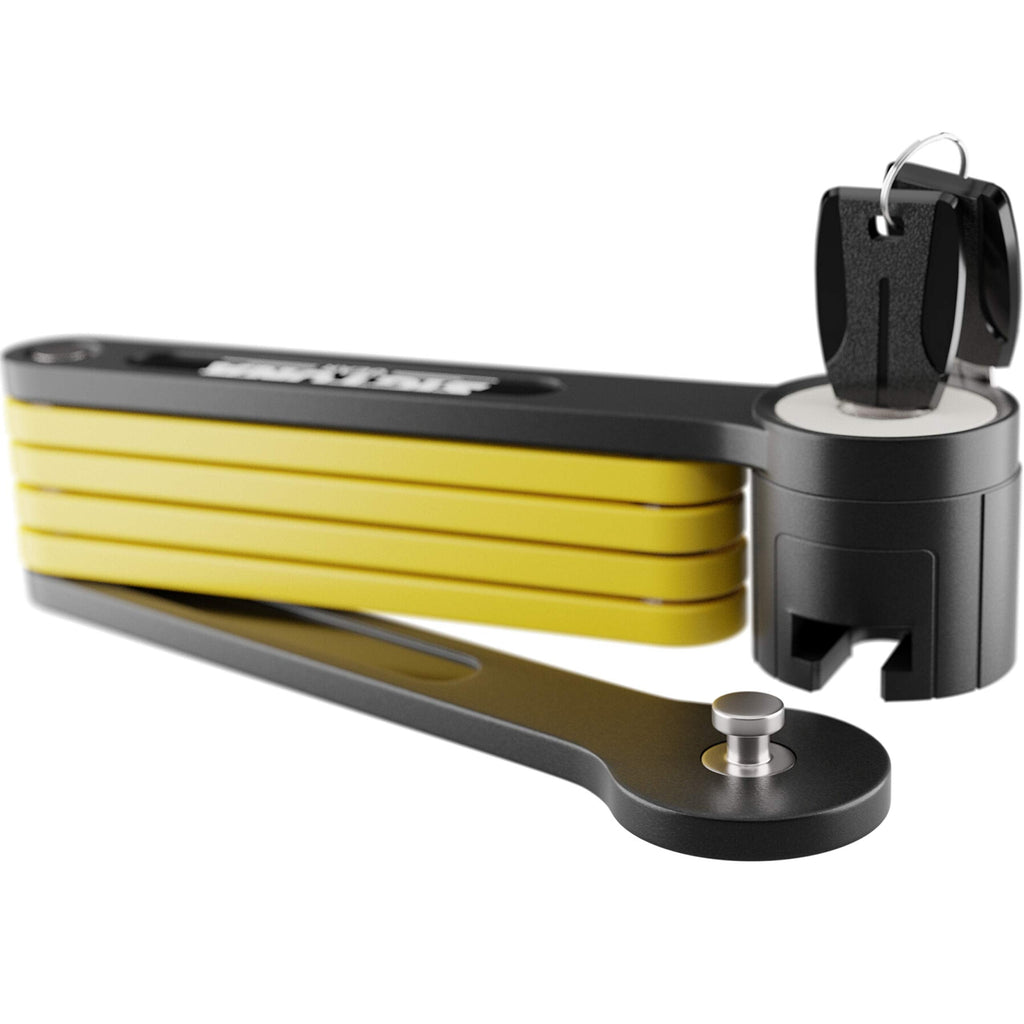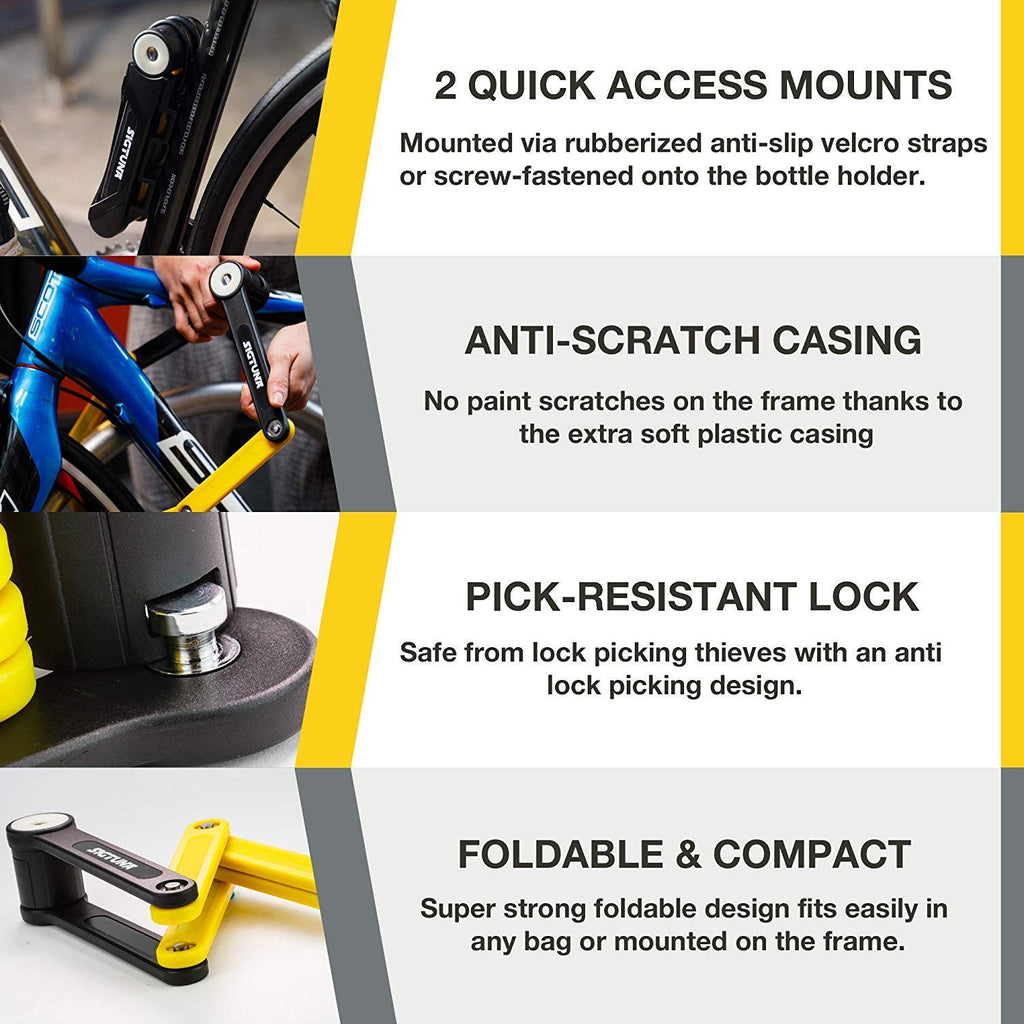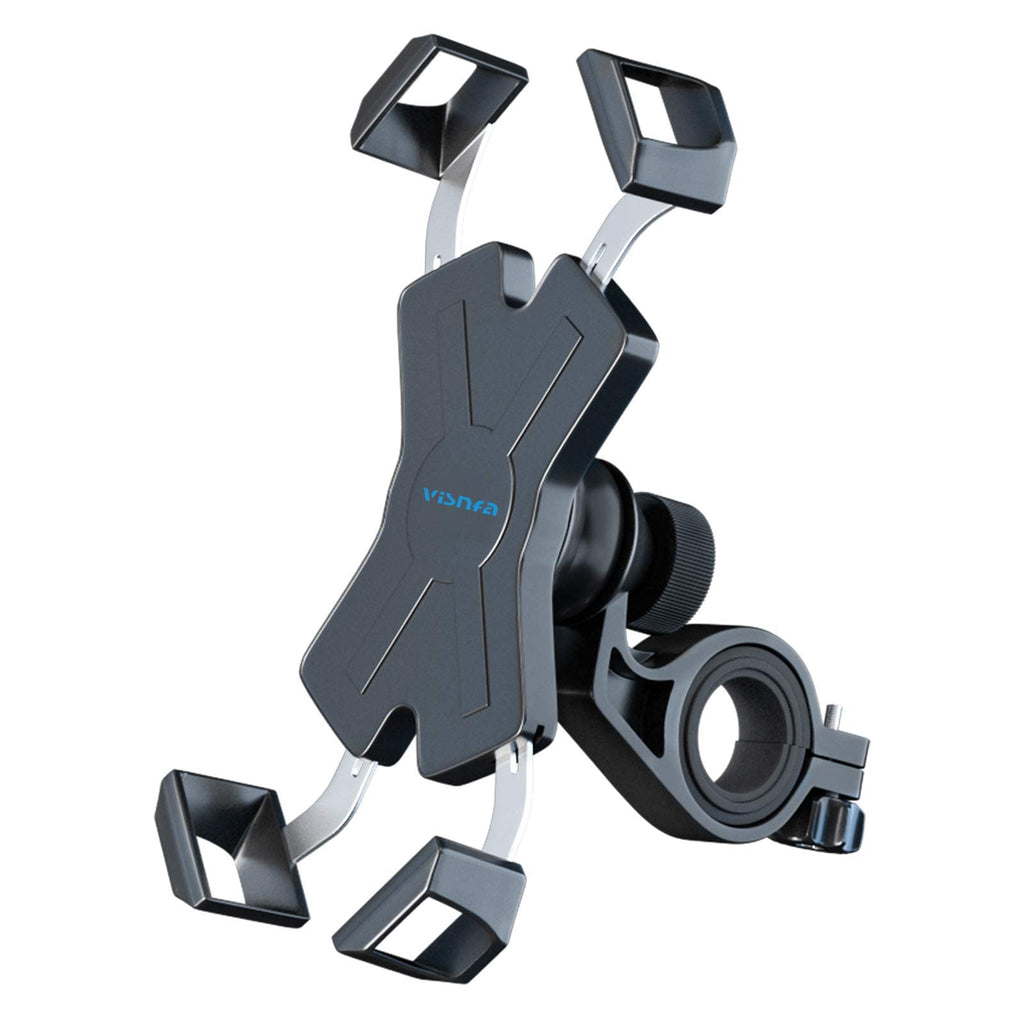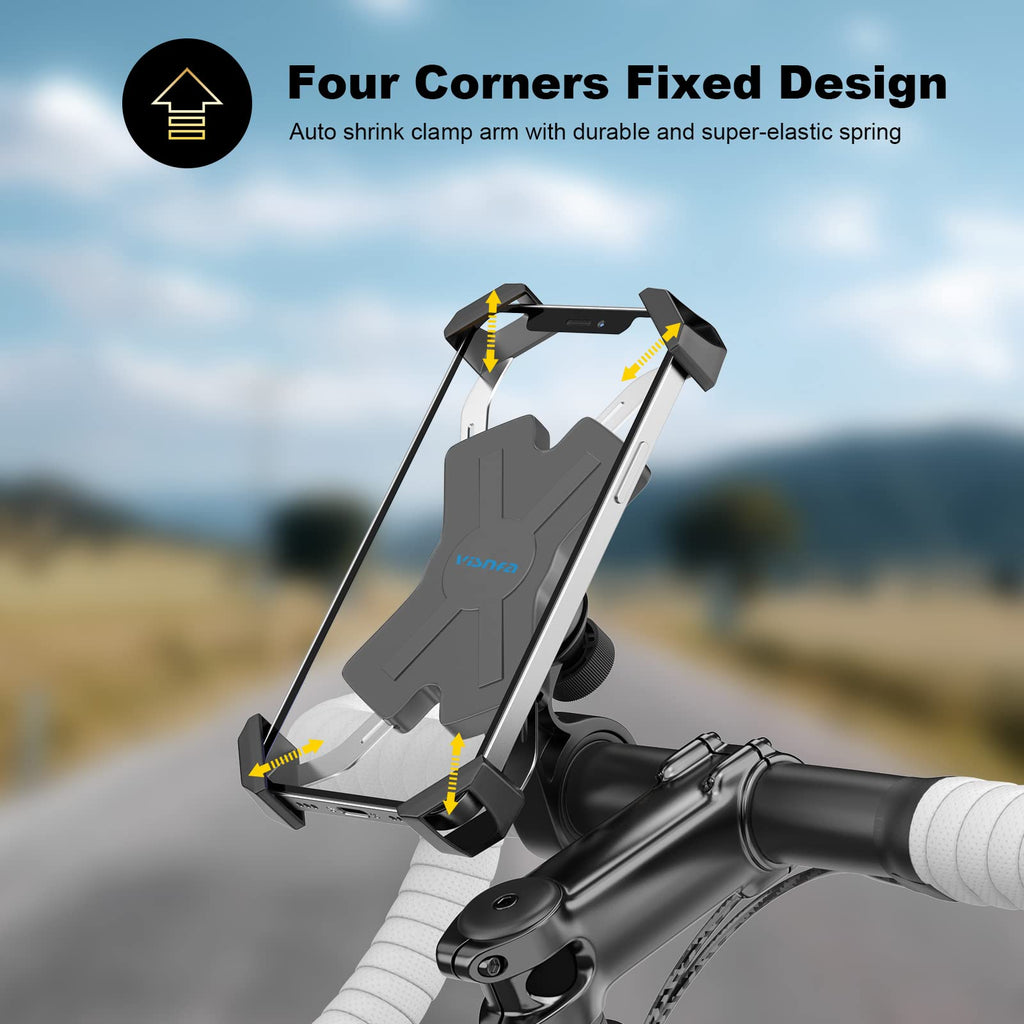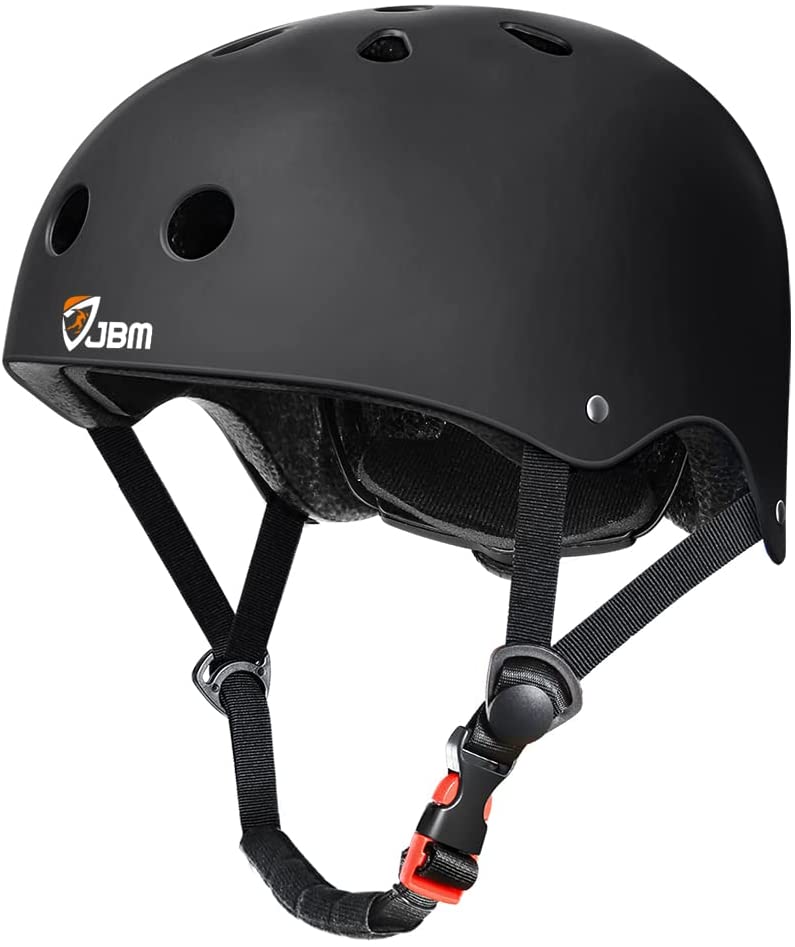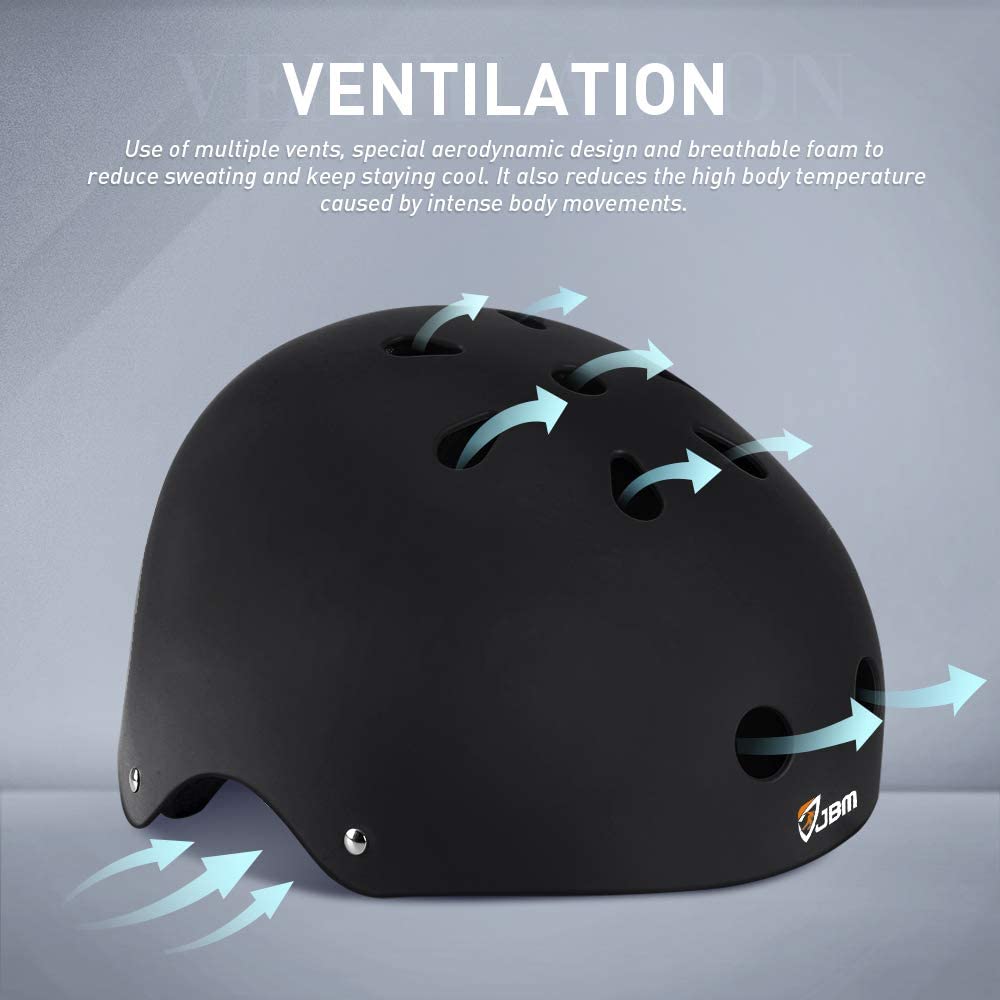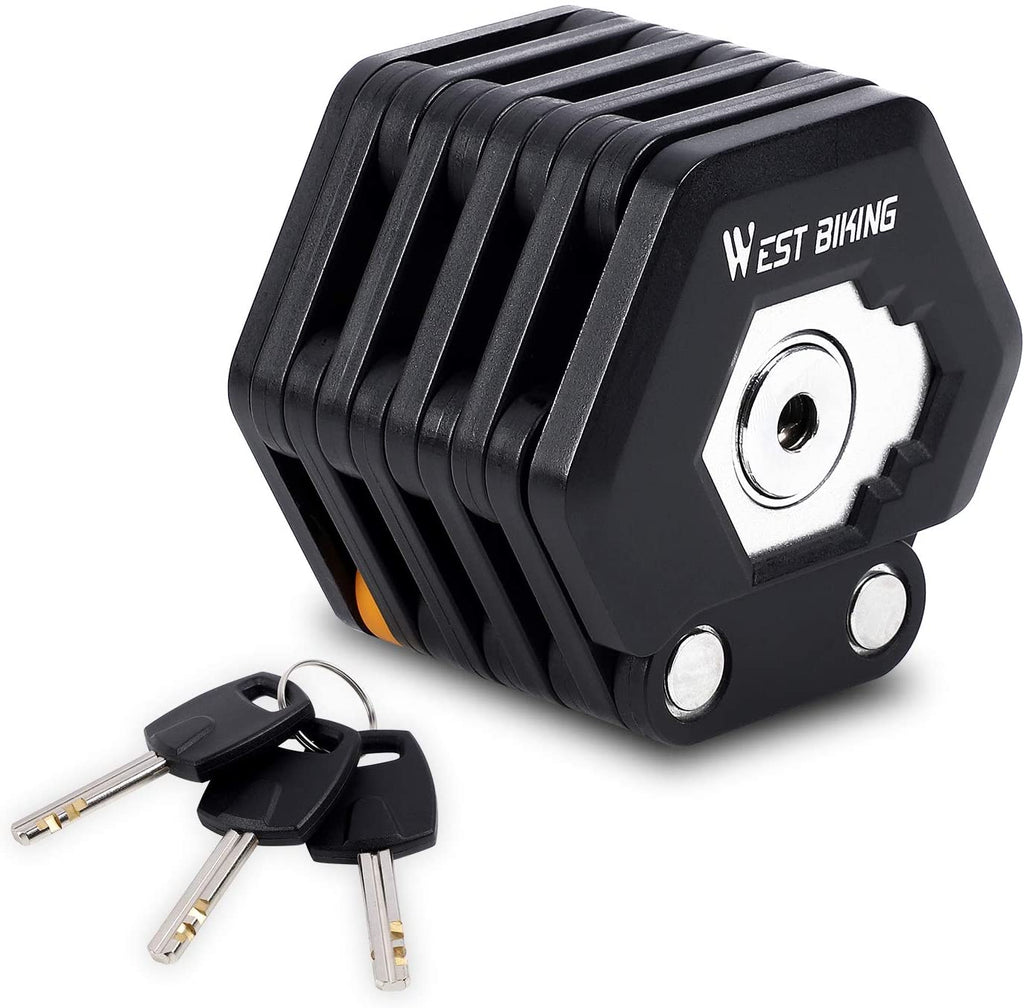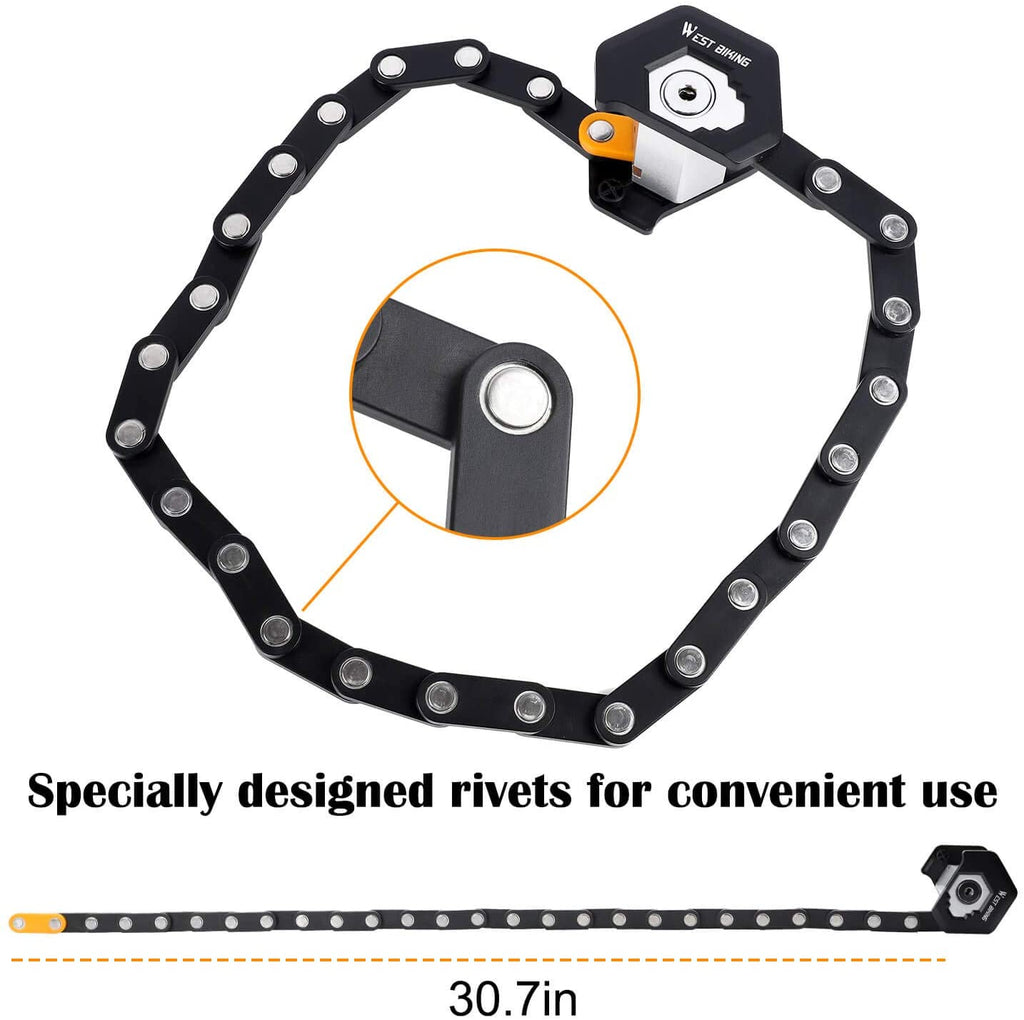How to Keep and Maintain a Heavy-Duty Electric Scooter for 300 Lbs Commuters
Struggling with standard e-scooters daily with 300 lbs weight? You’re looking for a heavy-duty electric scooter that can support you—but remember, even the sturdiest rides need maintenance and regular upkeep. High-performance scooters can suffer when parts bear extra stress: batteries, brakes, and tires all take a hit. Upgrading isn’t optional—it’s essential.
This comprehensive guide delivers detailed information on how to maintain a high-performance electric scooter. You’ll also learn key tips to keep a heavy-duty adult e-scooter running smoothly and safely.
For more on the best heavy-duty mobility scooters, see our ultimate guide on 300 lbs capacity scooters.
Tips & Tricks to Sustain Your Scooter with High Weight Limits
What to Think Before You Ride
- Safety Comes First
Safety is not optional—high-weight-capacity scooters work harder, putting extra stress on batteries and components. Proper upkeep prevents rapid battery drain and keeps performance high.
Those who regularly maintain their e-scooters experience up to 40% fewer mechanical failures.
There are some key points you need to follow:
- Remove the Plug-In Wire
Always disconnect power before any maintenance or repairs to avoid electrical shocks.
Approximately 30% of e-scooter malfunctions are caused by improper handling of electrical components.
Battery Care & Durability
Under heavy loads, batteries face extra stress—optimal maintenance is a must to preserve lifespan.
Best Charging Practices
- Deep discharges can reduce battery lifespan by up to 30%, so avoid running the battery completely flat.
- Charge your King GT PRO in a dry, cool area—extreme temperatures can impair battery performance.
- Avoid charging immediately after a full drain; let the battery cool for at least 30 minutes to minimize stress.
Tires: Making Your Ride Smooth
Proper tire pressure and condition are key for stability, grip, and efficiency—flat or worn tires contribute to nearly 45% of scooter accidents.
Checking Tire Pressure
Studies show properly inflated tires can boost battery efficiency by up to 15%, since the motor works against less rolling resistance. Follow these steps:
- Locate the recommended PSI on the tire’s sidewall.
- Use a quality pressure gauge to verify inflation.
Point to Ponder: Most models call for 30–50 PSI.
Note: Cold weather and extra load can drop pressure by 1–2 PSI per 10 °F; heat can cause over-inflation.
Testing for Wear & Tear
Industry experts recommend replacing scooter tires every 1,000–2,000 miles, depending on terrain and usage. Inspect for cuts, cracks, and bald spots regularly.
Brakes: Ensuring a Safe Ride
Smooth rides need safe brakes. Studies show that nearly 30% of high-load e-scooter accidents are linked to braking failures—often due to worn-out pads or improper maintenance. With added weight, brake upkeep becomes even more critical.
-
Brake Inspection Techniques
Regular brake checks keep you rolling safely. Industry data suggests that properly maintained brakes can reduce stopping distance by up to 50%. Here’s how to inspect your scooter’s brakes:
- Inspect brake pads for wear or damage—most pads need replacing every 2,000–3,000 miles.
- Test the brake lever’s responsiveness.
- Ensure cable brakes have proper tension and no frayed wires; loose cables can increase stopping distance by 20%.
- Listen for unusual noises when applying the brakes.
- Check hydraulic brakes for air bubbles or leaks and address any immediately.
Research shows routine brake maintenance can extend brake system life by 30%.
-
Adjustment & Replacement
Proper brake function is essential. Adjust or replace components as needed:
- Adjust tension if the lever feels too loose or tight—improper tension can cut braking efficiency by 25%.
- Align calipers for even pad wear.
Note: Well-maintained brakes—especially on the Wide Wheel Pro e-scooter—can stop you in under 10 ft at 15 mph.
Electrical System Upgrades
Testing & Balancing Motor Performance
- Before each ride, check the motor for wear or damage—listen for unusual sounds or feel for irregular vibrations.
- Keep motor vents clear of dust and debris to prevent overheating and efficiency loss.
Monitoring Connections & Cables
- Inspect all electrical connections for tightness and corrosion.
- Replace any damaged wires or connectors immediately to prevent shorts or power drop-outs.
Your safety primarily depends on connections and cables, so it’s necessary to check them daily. Here are the key points to keep in mind:
- Look for any signs of wear or damage in wires.
- Ensure that all connections are tight.
- Examine exposed wiring carefully for areas needing insulation.
Cleanliness for Maximum Performance
Accumulated dirt and debris can reduce a high-load e-scooter’s efficiency by up to 20%. Follow this step-by-step guide to keep your ride in top condition.
How to Clean Your Scooter
Regular cleaning keeps your scooter running smoothly. Follow these simple steps:
- Switch off the scooter and remove the battery before cleaning.
- Use a soft brush to dust off dirt.
- Gently wipe down with a cloth, avoiding electrical parts.
- Use a soft brush for stubborn grime.
- Rinse with a damp cloth—do not use direct water jets to protect electronics.
- Dry thoroughly with a soft cloth.
Note: Proper drying is crucial—it can prevent up to a 25% loss in structural integrity over time.
Avoiding Corrosion and Rust
To prevent damage, keep these tips in mind:
- Store the e-scooter in a dry place to avoid moisture buildup. Humidity above 60% accelerates rust formation on metal components.
- Check the motor’s connections regularly—ensure they are secure and corrosion-free to prevent power loss and inefficiency.
Lubrication for Smooth Operations
Improper lubrication leads to friction and wear, resulting in malfunctioning operations. Follow these guidelines:
- Apply a suitable silicone lubricant to all moving parts.
- Use only manufacturer-recommended lubricants.
- Avoid over-lubrication, as it can cause handling issues.
Note: Proper lubrication can extend component life by up to 50% under high-use conditions.
Handling Your Scooter with Care
- Handle the ZERO 10X gently—lift rather than drag.
- Before folding, ensure all locks and clasps are securely fastened to prevent accidents.
- Position the scooter properly during transport to avoid falls.
Safety Features Handling
Lights and indicators are crucial for safety, especially when riding in low-light conditions.
Inspecting and Changing Lights and Indicators
- For optimal performance on the dual 2000W King GTR, check headlights, taillights, brake lights, and turn signals daily.
- Replace dim or non-functional lights immediately to maintain visibility.
Note: LED lights are an ideal choice because of their durability and long lifespan—typically lasting 25,000–50,000 hours.
Inspection of Loose Bolts, Screws, and Fittings
Additionally, tightening any bolts or screws comes first for safety. Use this checklist to make sure everything is secure:
Tightening Loose Parts
Look for any loose components that need tightening to ensure your safety.
- Weekly, check the handlebars, decks, and folding mechanisms.
- Use the correct-sized tool when tightening any bolts and screws.
Note: Nearly 20% of scooter failures are caused by loose bolts and fittings.
When to Seek Professional Help
Some issues require professional expertise due to their complexity, while smaller problems can be managed with DIY maintenance. Seek professional help if:
- Electrical troubles: Malfunctions or battery-related issues.
- Persistent noises: Unusual sounds during your ride.
- Braking problems: Slow or unresponsive brakes.
Closing Summary: Refreshing Your Best 300 lbs Capacity E-Scooters
In the final verdict, maintenance isn’t just extra time—it’s essential. High-performance scooters still need top-tier upkeep and care for long-term durability. By following these tactics, you’ll sustain reliability and longevity. Ready for your next journey? Explore our low-maintenance, high-load e-scooters, pick a reliable model, and start enjoying a hassle-free ride.
